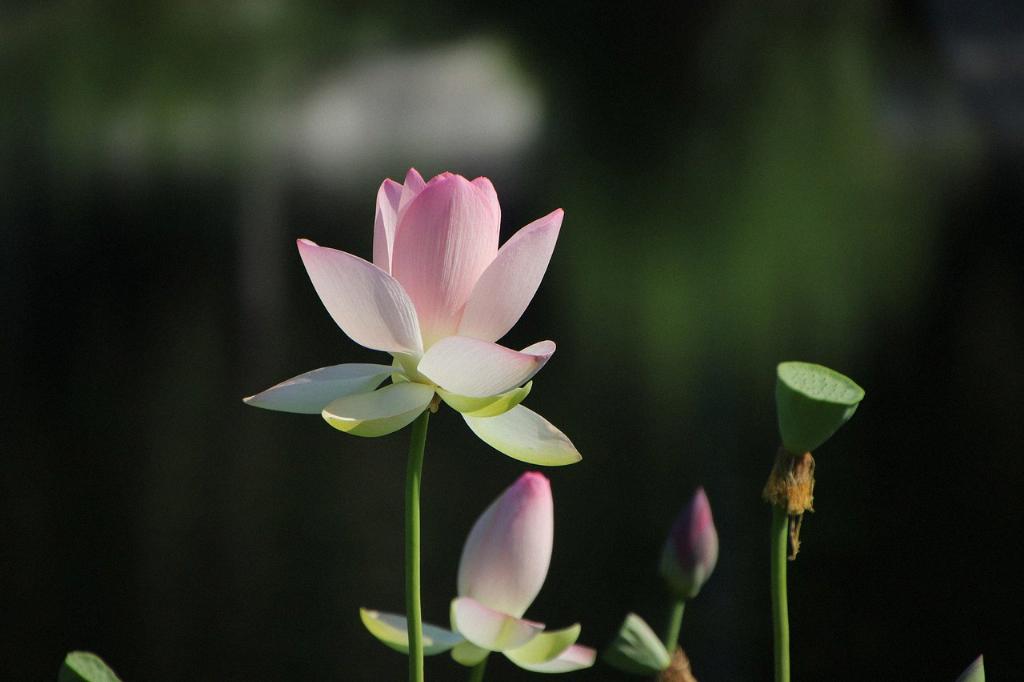Peace lilies have long been admired for their lush, green foliage and elegant white blossoms. However, when these beloved plants begin to droop, it can be a cause for concern among plant enthusiasts. Understanding the reasons behind a drooping peace lily is essential in helping you revive its health and vitality. Let’s delve into the factors that can lead to this common issue.
1. Environmental Conditions
One of the primary reasons why a peace lily may droop is due to unfavorable environmental conditions. Peace lilies are native to tropical regions and thrive in high humidity levels. When placed in dry indoor environments, the lack of moisture in the air can cause the plant’s leaves to wilt and sag.
2. Lack of Water
Another crucial factor that can contribute to a drooping peace lily is insufficient watering. While peace lilies prefer consistently moist soil, overwatering can lead to root rot and other issues. It’s essential to strike the right balance and ensure that your plant receives adequate hydration without becoming waterlogged.
3. Exposure to Direct Sunlight
Peace lilies are shade-loving plants that prefer indirect sunlight. Exposing your peace lily to harsh, direct sunlight can result in sunburned leaves and overall stress on the plant, leading to drooping foliage. It’s important to place your peace lily in a location where it can receive bright, filtered light without being exposed to intense sun rays.
4. Root Bound Conditions
When a peace lily outgrows its current container and becomes root-bound, it can struggle to absorb nutrients and water effectively, causing the leaves to droop. Repotting your peace lily into a slightly larger container with fresh, well-draining soil can help alleviate this issue and promote healthy growth.
5. Pest Infestations
Pests such as spider mites, aphids, and mealybugs can wreak havoc on your peace lily, feeding on the plant’s sap and causing damage to its leaves. If left untreated, pest infestations can weaken the plant and lead to drooping foliage. Regularly inspect your peace lily for signs of pests and take prompt action to address any infestations.
6. Nutrient Deficiencies
A lack of essential nutrients, such as nitrogen, phosphorus, and potassium, can impact the overall health of your peace lily and contribute to drooping leaves. Fertilizing your plant with a balanced, water-soluble fertilizer during the growing season can provide the necessary nutrients to support healthy growth and vibrant foliage.
7. Temperature Extremes
Peace lilies are sensitive to temperature extremes and prefer consistent, moderate temperatures. Exposure to cold drafts or sudden temperature fluctuations can stress the plant and result in drooping leaves. Maintaining a stable temperature range between 65-80°F is ideal for promoting optimal growth and preventing drooping.
8. Overcrowding
If your peace lily is situated in a crowded or cramped space, it may not have enough room to spread out its roots and grow freely. Overcrowding can restrict the plant’s ability to absorb water and nutrients, leading to drooping foliage. Consider providing your peace lily with ample space for its roots to expand and thrive.
9. Water Quality
The quality of water you use to irrigate your peace lily can also impact its overall health. Chlorinated or heavily treated water can be harmful to plants, causing leaf discoloration and drooping. Using distilled water or allowing tap water to sit out overnight to dissipate chlorine before watering your peace lily can help prevent drooping issues.
10. Dormancy Period
During the dormant period, peace lilies may naturally exhibit drooping leaves as they conserve energy and focus on root growth rather than foliage production. Understanding the seasonal growth patterns of your peace lily can help you differentiate between normal dormancy-related drooping and signs of stress or disease.
11. Stress Factors
Stress factors such as repotting, transplant shock, or sudden changes in environment can trigger drooping in peace lilies. It’s essential to minimize stressors and provide a stable, nurturing environment for your plant to thrive. Gradual acclimatization to new conditions and gentle care can help prevent undue stress on your peace lily.
12. Reviving a Drooping Peace Lily
If you notice your peace lily drooping, it’s crucial to assess the potential causes and take corrective actions promptly. Adjusting watering practices, improving humidity levels, providing adequate light, and addressing any underlying issues can help revive your peace lily and restore its vibrancy. With proper care and attention, your peace lily can bounce back and grace your space with its timeless beauty.

